Filter by
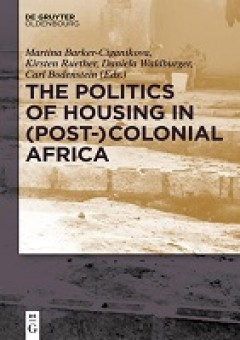
The Politics of Housing in (Post-)Colonial Africa: Accommodating Workers and …
Housing matters, no matter when or where. This volume of collected essays on housing in colonial and postcolonial Africa seeks to elaborate how and why housing is much more than an everyday practice. The politics of housing unfold in disparate dimensions of time, space and agency. Depending on context, they acquire diverse, often ambivalent, meanings. Housing can be a promise, an unfulfilled dr…
- Edition
- Ed. 1
- ISBN/ISSN
- 9783110598278, 9783110598735
- Collation
- 236
- Series Title
- -
- Call Number
- 301 POL p
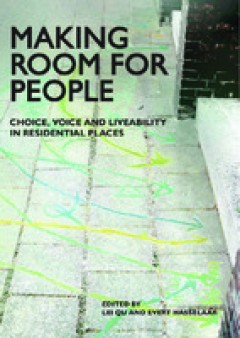
Making Room for People
Making Room for People elaborates on preferences in housing. It explores how users, occupants, and citizens can express their needs, searching for the enhancement of individual choice and control over their residential environment, and the predicted positive spin-off’s for urban collectives. The central question is: What are the conditions under which an increase of people’s choice and voic…
- Edition
- -
- ISBN/ISSN
- -
- Collation
- -
- Series Title
- -
- Call Number
- -
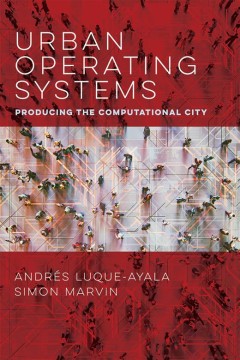
Urban Operating Systems: Producing the Computational City
The open access edition of this book was made possible by generous funding from Arcadia – a charitable fund of Lisbet Rausing and Peter Baldwin. A new wave of enthusiasm for smart cities, urban data, and the Internet of Things has created the impression that computation can solve almost any urban problem. Subjecting this claim to critical scrutiny, in this book, Andrés Luque-Ayala and Sim…
- Edition
- -
- ISBN/ISSN
- 9780262360982
- Collation
- -
- Series Title
- -
- Call Number
- 307.76
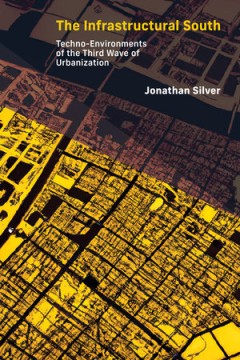
The Infrastructural South: Techno-Environments of the Third Wave of Urbanization
An in-depth look at the infrastructural landscape of Africa amid the third wave of urbanization, drawing on case studies from Africa and extending further afield. The Infrastructural South represents a major theoretical contribution to the study of infrastructure's role in the third wave of urbanization centered on Africa. Based on over a decade of empirical research, Silver's sweeping exami…
- Edition
- -
- ISBN/ISSN
- 9780262376747
- Collation
- -
- Series Title
- -
- Call Number
- 307.24
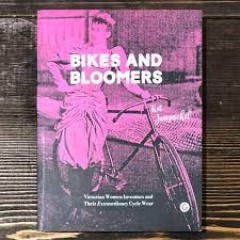
Bikes and Bloomers Victorian Women Inventors and their Extraordinary Cycle Wear
The bicycle in Victorian Britain is often celebrated as a vehicle of women's liberation. But much less is known about another critical technology with which women forged new and mobile public lives – cycle wear. Despite its benefits, cycling was a material and ideological minefield for women. Conventional fashions were vastly inappropriate, with skirts catching in wheels and tangling in pedal…
- Edition
- -
- ISBN/ISSN
- 9781912685431
- Collation
- -
- Series Title
- -
- Call Number
- -
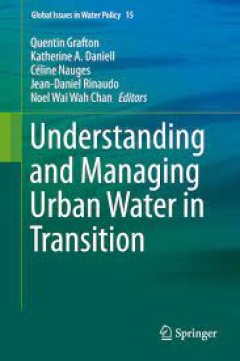
Understanding and Managing Urban Water in Transition
This book examines changes and transitions in the way water is managed in urban environments. This book originated from a joint French-Australian initiative on water and land management held in Montpellier, France. The book delivers practical insights into urban water management. It links scientific insights of researchers with the practical experiences of urban water practitioners to understan…
- Edition
- -
- ISBN/ISSN
- 978-94-017-9801-3
- Collation
- -
- Series Title
- -
- Call Number
- -
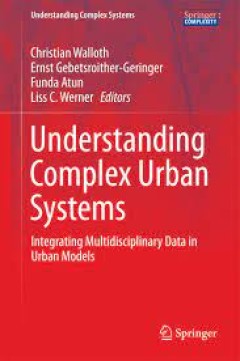
Understanding Complex Urban Systems Integrating Multidisciplinary Data in Ur…
This book is devoted to the modeling and understanding of complex urban systems. This second volume of Understanding Complex Urban Systems focuses on the challenges of the modeling tools, concerning, e.g., the quality and quantity of data and the selection of an appropriate modeling approach. It is meant to support urban decision-makers—including municipal politicians, spatial planners, and c…
- Edition
- -
- ISBN/ISSN
- 978-3-319-30178-5
- Collation
- -
- Series Title
- -
- Call Number
- -
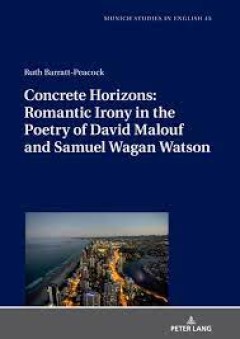
Concrete Horizons: Romantic Irony in the Poetry of David Malouf and Samuel Wa…
Drawing on Bernd Mahr’s model theory, this volume introduces a new approach to Romanticism in contemporary Australian literature. Focusing on two very different authors, David Malouf and the Indigenous poet Samuel Wagan Watson, this book highlights their similarities rather than their differences. It is the first book-length study dedicated specifically to each author’s poetic oeuvre. Compr…
- Edition
- -
- ISBN/ISSN
- -
- Collation
- -
- Series Title
- -
- Call Number
- -
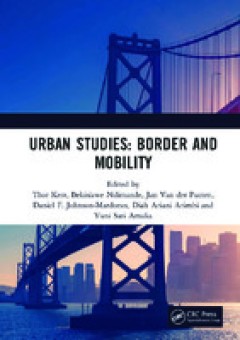
Urban Studies: Border and Mobility, Proceedings of the 4th International Conf…
This work contains a selection of papers from the International Conference on Urban Studies (ICUS 2017) and is a bi-annual periodical publication containing articles on urban cultural studies based on the international conference organized by the Faculty of Humanities at the Universitas Airlangga, Indonesia. This publication contains studies on issues that become phenomena in urban life, includ…
- Edition
- Ed. 1
- ISBN/ISSN
- 9780429507410, 9781138580343
- Collation
- 376
- Series Title
- -
- Call Number
- 711 URB u
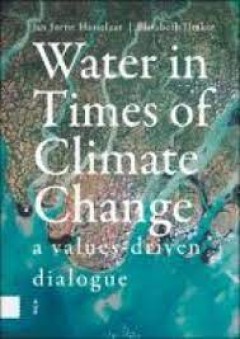
Water in Times of Climate Change A Values-driven Dialogue
This book on water and climate change goes beyond the usual and predictable analyses, by bringing religion and values into a discussion that is often dominated by technocratic solutions. The three case studies of Jakarta, Cape Town, and Amsterdam demonstrate the challenges of water management in urban areas and the role religion can play in addressing them. With representatives from science, po…
- Edition
- -
- ISBN/ISSN
- 9789048555383
- Collation
- -
- Series Title
- -
- Call Number
- -
 Computer Science, Information & General Works
Computer Science, Information & General Works  Philosophy & Psychology
Philosophy & Psychology  Religion
Religion  Social Sciences
Social Sciences  Language
Language  Pure Science
Pure Science  Applied Sciences
Applied Sciences  Art & Recreation
Art & Recreation  Literature
Literature  History & Geography
History & Geography